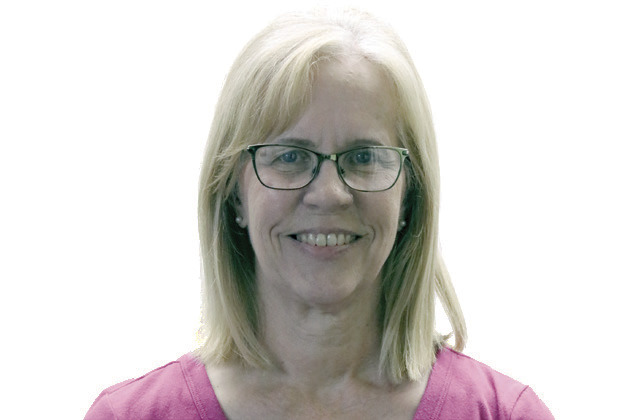Farmers and ranchers have experienced 200-300 percent increases in fertilizer costs in 2021 and the first half of 2022, according to Ben Brown, senior research associate for the University of Missouri’s Food and Agricultural Policy Research Institute.
Brown goes on to say that high prices create extra risk of production, and that risk can add stress to farmers and ranchers. All these recent discussions about rising production costs, interest rates and inflation reminds me of my early days growing up on a small farm near Stockton.

Even though I was young, I remember the conversations in the late ‘70s and early ‘80s about high interest rates, even higher than today’s numbers. I heard stories about farmers paying 18-20 percent interest on land purchases.
While I know it sounds crazy now that someone would borrow money at those rates, it’s important to understand that farmland didn’t change hands very often in those days.
If you weren’t willing to make the purchase of the neighboring land that went up for sale, then the fear was it might not ever be for sale again in your lifetime.
After that farm crisis, many families made the decision that the next generation couldn’t stay on the farm. Several decided to take careers in other areas and left the rural landscape.
Any time there is large scale economic losses or if prices or interest rates go beyond a reasonable level, it can affect the next generation that wants to farm. The crisis of the 1980s took its toll on farms that also led to changes in many rural communities as well.
Many good farmers however, weathered the 1980s and came out stronger than they were before. Good management and good luck helped make them stronger, allowing that success to continue to the next generation.
Some could argue the farmers became more entrepreneurial due to the adversity of the farm crisis. It allowed farmers to look at other crops, such as, poultry or swine.
Improved seed genetics and better irrigation also helped farmers become more efficient as they worked to make the most of the natural resources around them.
As the director of the University of Missouri’s Southwest Research, Extension and Engagement Center, I also worry about high cost of feed, fuel, and fertilizer. The current drought makes it even tougher for many area farmers to produce cash flow in today’s environment.
The assistance of crop insurance and conservation programs will help ease some of the discomfort that many farm families are feeling. These programs are important for us as a nation and should continue to be a priority for federal and state leaders.
Even with these safety nets, high prices of feed, fertilizer, and fuel can provide similar scars to our rural farming communities as did the high interest rates of the 80s.
Learning from the past allows farmers to manage through tough weather and uncertain economic conditions. However, as land moves from the Baby Boomers to a generation that may not have been involved in the day-to-day operation of farming, I think it will be interesting to see how our rural communities adjust one more time to the high cost of agriculture production.
As for me, I always bet on rural Missourians to find their way through tough economic times. Farmers in Southwest Missouri are creative and resilient. I remember a friend of mine once said, “Times are hard… but some times are just harder than others.”
I’m hopeful that we endure these tough times and farmers and rural communities will once again come out even better than before.
Jay Chism is the director of the Southwest Research, Extension and Education Center for the University of Missouri. He my be reached at chismj@missouri.edu.






